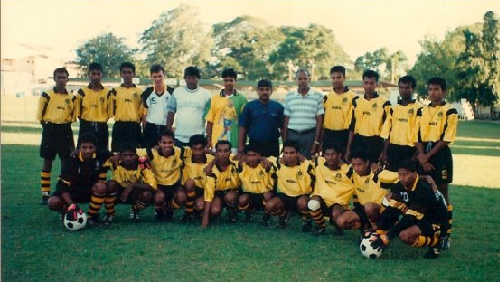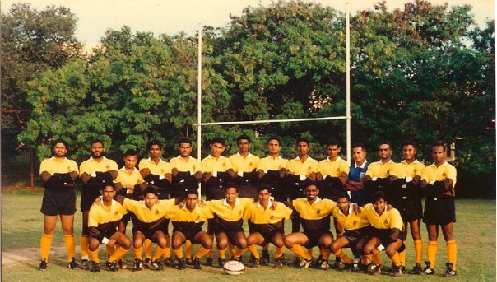“Soccer unites everyone — beyond language, beyond borders.” – Marco van Basten –
“Football is played with your head. Your feet are just the tools.” – Lionel Messi –
“Poverty, hunger, and rejection-every “no” became my fuel, and poverty became my beginning.” – Rivaldo –
“Poverty, hunger, and rejection-every “no” became my fuel, and poverty became my beginning.” – Rivaldo –
“I never won a World Cup, but respect lasts longer than trophies.” – Paolo Maldini –
“I learned all about life with a ball at my feet.” – Ronaldinho –
“I never won a World Cup, but respect lasts longer than trophies.” – Paolo Maldini –
“I once cried because I had no shoes to play football with my friends, but one day I saw a man who had no feet, and I realized how rich I am”” – Zinedine Zidane –
🚀 Applied Mathematics
The Engine of Innovation
Focus Areas
Differential Equations: Model systems of change (disease spread, fluid flow, finance).
Applied Linear Algebra: Matrix methods for computer graphics, optimization, and data science.
Numerical Analysis: Approximation methods to solve equations that can’t be solved exactly.
Applied Statistics & Probability: Handling uncertainty in real-world systems.
Scientific Computing & Programming: Writing algorithms in Python, MATLAB, or C++ to simulate complex systems.
Optimization Methods: Finding the “best” solution in engineering, business, or logistics.
Strength: Builds world-class problem solvers who merge advanced math + computing. Applied mathematicians model, simulate, and optimize real systems — from climate change and aerospace design to AI and financial forecasting.
✈️ Aerospace Engineering
Where Math Takes Flight
Focus Areas
Aerodynamics & Fluid Dynamics: How air flows around wings, turbines, rockets.
Computational Fluid Dynamics (CFD): Using simulations to predict flight behavior.
Aerospace Structures & Materials: Designing lightweight but strong materials for aircraft/spacecraft.
Combustion & Propulsion: How engines, rockets, and thrusters generate power.
Aerospace Systems Engineering: Coordinating aircraft and spacecraft as complete systems (avionics, propulsion, navigation, safety).
Systems Engineering means integrating all subsystems into one functional whole, ensuring efficiency, safety, and reliability.
Strength: Combines advanced math, physics, and design to push the limits of aviation and space exploration.
📊 Applied Statistics
Decisions Powered by Data
Focus Areas
Regression Analysis: Finding relationships between variables.
Hypothesis Testing: Making reliable decisions under uncertainty.
Statistical Modeling: Predicting trends and outcomes in real life.
Data Mining & Machine Learning: Extracting patterns from massive datasets.
Experimental Design: Structuring tests in medicine, business, or social sciences.
Strength: The backbone of data-driven industries — from public health to finance to technology.
⚙️ Mechanical Engineering
Designing the Physical World
Focus Areas
Dynamics & Control: Motion of systems, robotics, and automation.
Thermodynamics & Heat Transfer: Engines, power plants, energy efficiency.
Mechanics of Materials: How materials bend, break, and withstand stress.
Manufacturing & Design: From CAD models to 3D printing and robotics.
Fluid Mechanics & Energy Systems: Renewable energy, wind turbines, hydraulic systems.
Strength: The most versatile engineering field — powering automotive, robotics, renewable energy, and product innovation.




